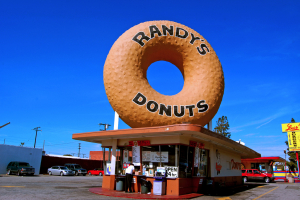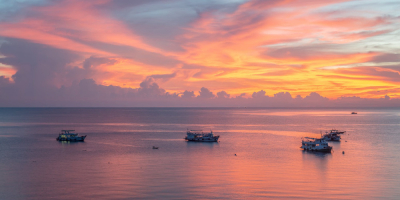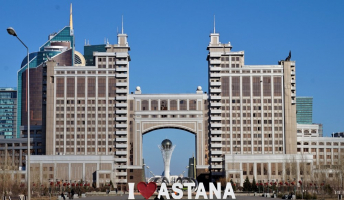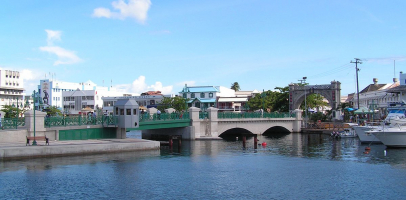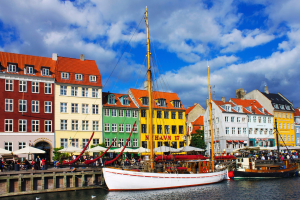Top 10 Battles Fought in Unexpected Places
Over time, war has undergone significant transformation. It's likely that sticks and rocks were used in the first conflicts. People developed into using swords ... read more...and bows later. And with the touch of a button, people can now instantly kill someone on the opposite side of the world. Any war or fight typically takes place in a region that is genuinely connected to both, or at least one, of the conflicting parties. However, this isn't always the case.
-
Wars are expensive activities that can cost nations billions of dollars. However, each of those conflicts involved real-world costs. Soldiers, planes, and bullets don't just appear out of thin air. Despite taking place solely online, the Battle of B-R5RB nonetheless resulted in losses totaling $300,000 in real world money.
In the world of online gaming, things can occasionally spiral out of control. That is one way to sum up this 2014 conflict. The conflict began when the player group in charge of the star system B-R5RB forgot to make the required monthly payment. In essence, they were renting the area but neglected to arrange automatic payments using in-game money; as a result, it was repossessed and put back on the market.
The system, which served as a staging ground for a significant in-game alliance, was under attack from thousands of players. The sector's demise was not something that anyone had planned. It was urgent to regain control because it had been a total disaster. Players from all across the world were cooperating to seize power. The conflict that followed was one of the greatest in the annals of internet gaming at the time. Over 12,000 people watched everything unfold live on the internet. It went on for about 22 hours nonstop.
https://www.wired.com 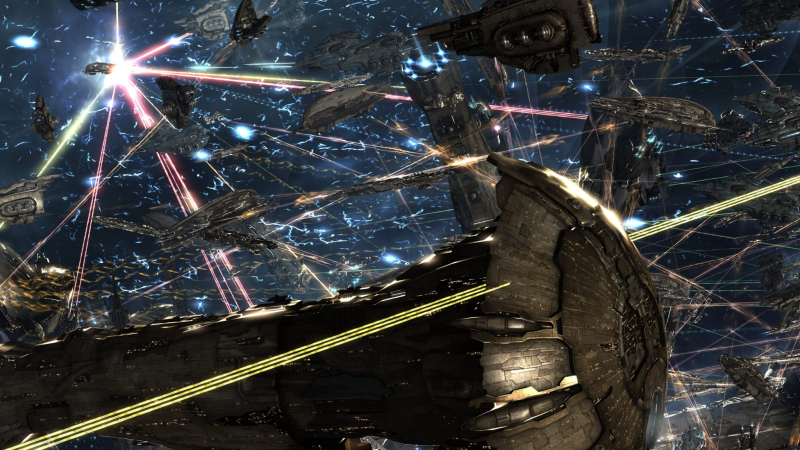
http://blastmagazine.com/ -
World War II saw combat on every continent; hence, the term. The Battle of Brisbane is one conflict that is frequently forgotten, though. The battle was fought in Brisbane, Australia, between Australian forces and their allies from the United States. Although it wasn't a true armed war, things did get out of hand. American troops who had been stationed in Brisbane for more than a year as part of the defense against Japan following Pearl Harbor outstayed their welcome for two days in November 1942.
Despite having a positive reputation at the outset of the conflict, American General Douglas MacArthur's insults soured things. There was increased anger since Americans had better supplies than native Australians, looked better, and were known to attract local women.
On November 26, a few Australian soldiers insulted an American. After becoming involved, an MP received a punch. Three thousand soldiers were engaged in street combat in less than fifteen minutes. An MP shot an Australian soldier, killing him and injuring several others. The argument quickly died down for the evening, but the next day it flared up again.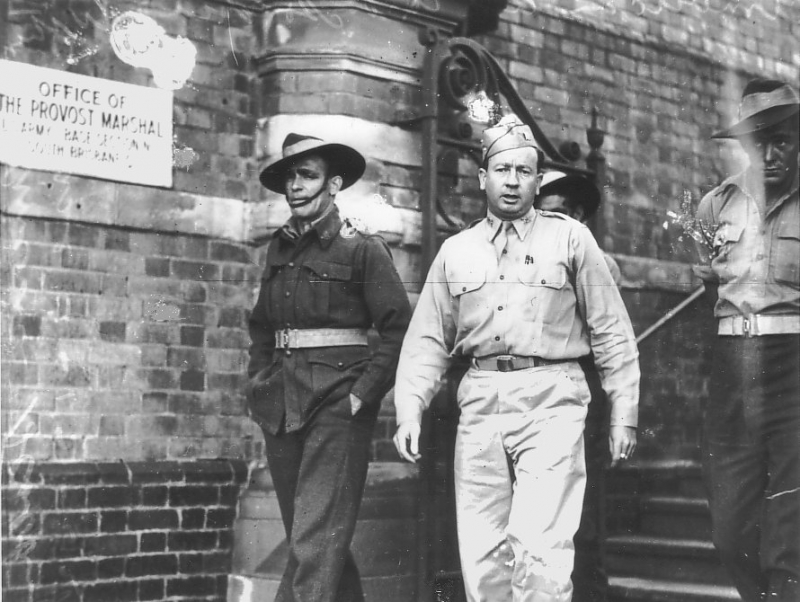
https://www.ozatwar.com/ 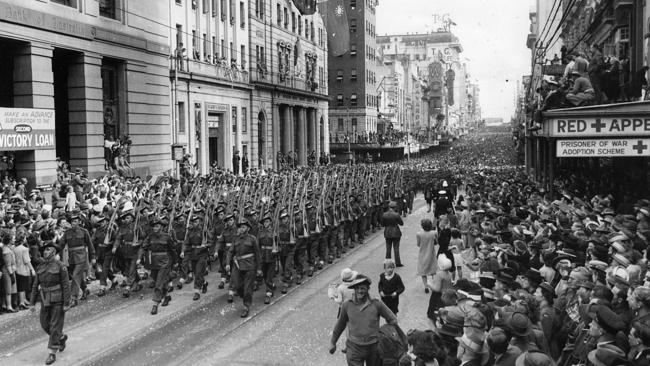
https://bytesdaily.blogspot.com/ -
The Second World War's Battle of the St. Lawrence was a naval conflict that took place in a Canadian river. German U-boats managed to travel all the way up the river to Montreal, where they sank 23 ships over the course of many months. 70,000 tons of supplies were also lost by the Allies. The Nazis were far more powerful than the Canadians, who were ill-equipped to defend their own waterways against submarine raids. There were significant losses, and one ferry from Nova Scotia to Quebec sank while carrying women and children.
Since the river had never been a military target before, there was originally no aviation support at all, and there were hardly any defenses along it. Since the river had never been a military target before, there was originally no aviation support at all, and there were hardly any defenses along it. Defenses were ultimately installed, but it came at a high cost.
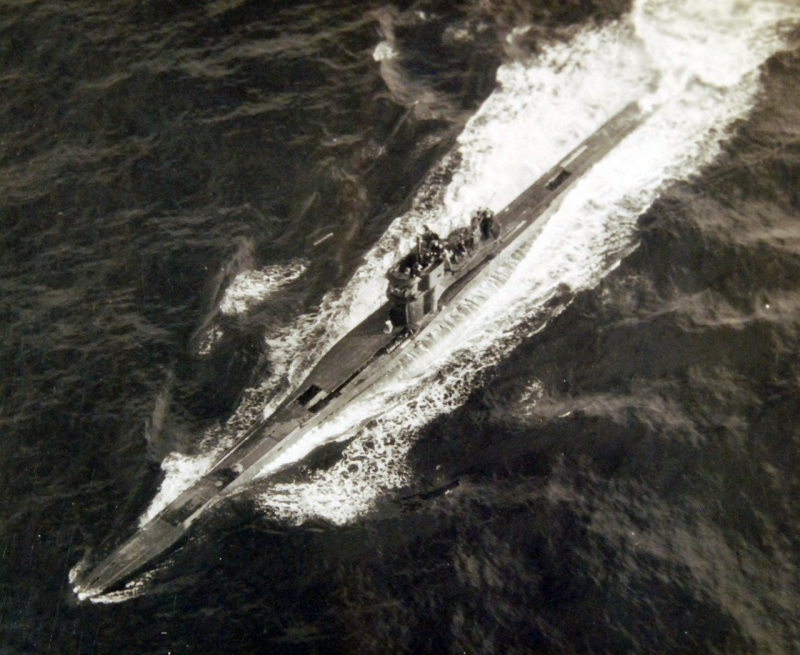
https://www.history.navy.mil/ 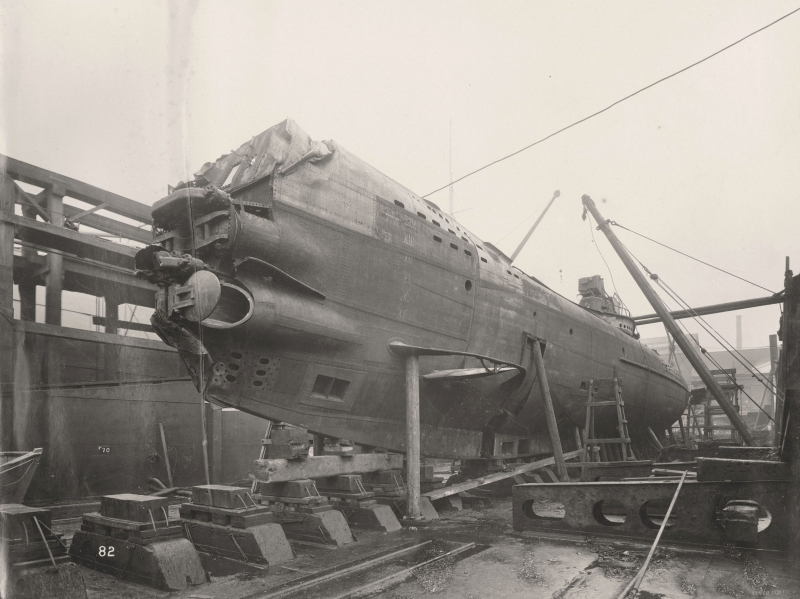
http://www.businessinsider.com.au/ -
However, not all of World War II was fought on European soil. The only conflict to occur on American soil was the Battle of Attu. Attu Island, which is a portion of Alaska's Aleutian Islands in the North Pacific, saw combat between Japanese and American forces in May 1943. Attu Island had a population of just 40 people.
The islands had been assaulted by the Japanese in June 1942, but US forces didn't retake them until 1943. 12,500 US soldiers were deployed to the island on May 11 and engaged Japanese forces for two full weeks.
The combat was intense, and the terrain was harsh, despite how small the island was. Not the Japanese, but illnesses and non-combat casualties including frostbite, trench foot, fevers, and even famine claimed the lives of over 2,100 US soldiers. The situation became so critical that some soldiers began tossing grenades into the water to kill fish for sustenance.
When the Americans ultimately took control, more than 2,350 Japanese soldiers were dead, many of them by their own hands after using grenades to commit suicide. Over 1,700 Japanese soldiers had been killed by enemy troops.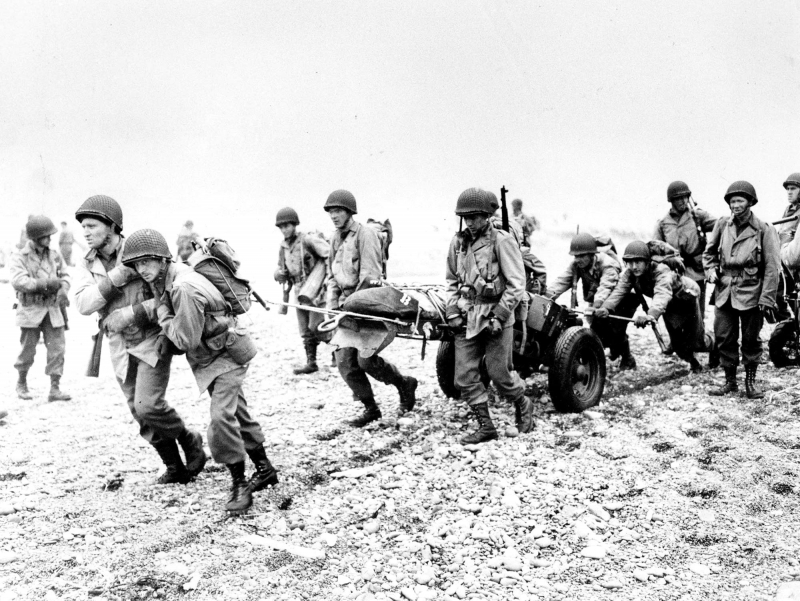
https://www.mprnews.org 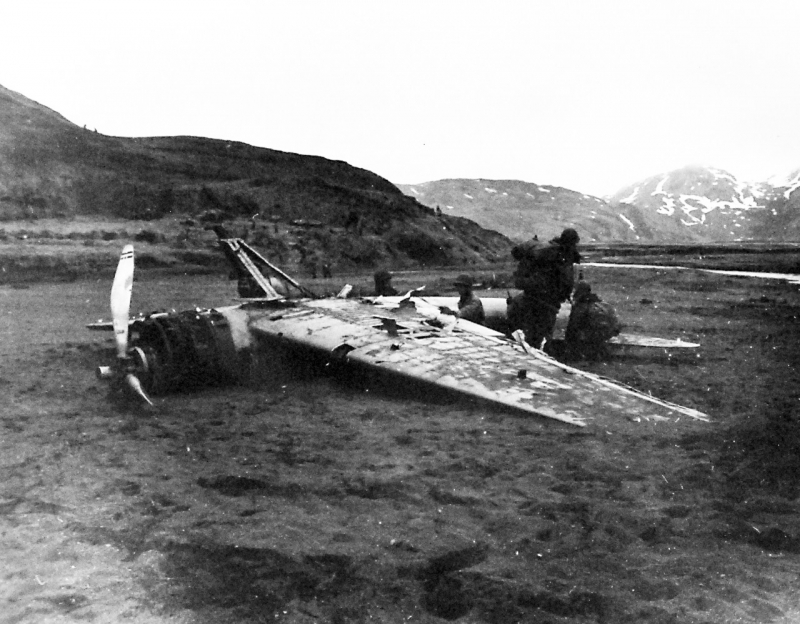
https://www.history.navy.mil -
Between August 26 and August 30, 1914, during the first month of World War I, Russia and Germany engaged in the Battle of Tannenberg, also referred to as the Second Battle of Tannenberg. The Russian Second Army was nearly completely destroyed as a result of the conflict, and its commanding general, Alexander Samsonov, committed suicide. The majority of the First Army was also destroyed in a series of subsequent battles (First Masurian Lakes), which also kept the Russians off balance until the spring of 1915.
Diverse Slavic armies beat Teutonic knights in Tannenberg in 1410. In the simplest terms possible, Russians vanquished the Germans. So, in a combat between German and Russian forces in Allenstein, which happened to be 500 years in the future, the Germans brutally defeated the Russians, who suffered a loss of 120,000 men. Even though Allentstein was far from Tannenberg, the name of the battle was chosen as a form of restitution and a way to mythologize German military superiority.
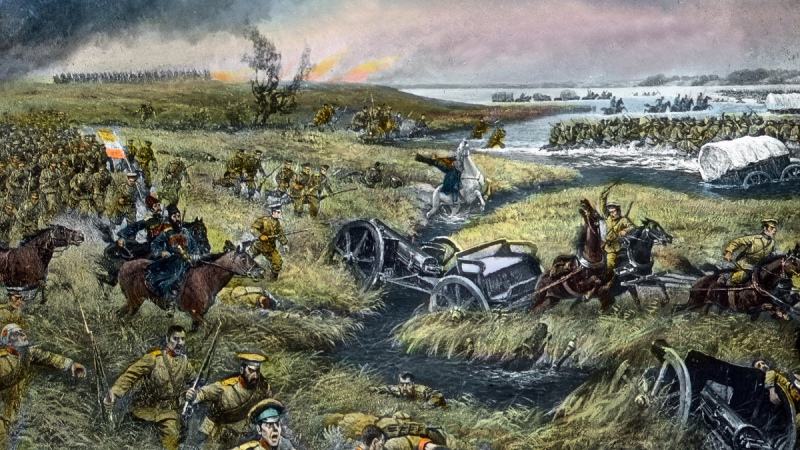
http://www.history.com/ 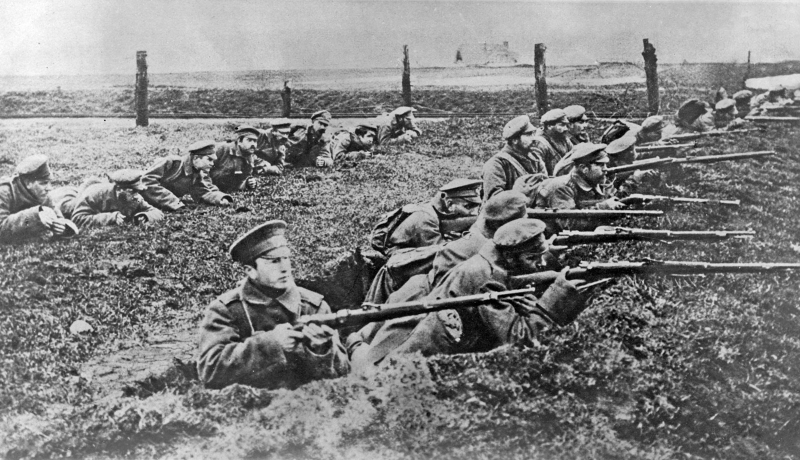
https://www.worldwar-1.co.uk/ -
The Revolutionary War's final combat occurred after Yorktown and was another instance of an ally looking for a reason to gain something for themselves. India, on the opposite side of the globe, had just as many reasons as Americans did to wish to be free of Britain.
After their sultan passed away, the British were prepared to put an end to the resistance being put up by the Kingdom of Mysore in India, which had been fighting the British for years. They despatched troops to India, but France, which was supporting Mysore and America, did the same. Two years after Yorktown and what most people today consider the war's end, the two armies engaged in combat in 1783. In actuality, the war was officially over three months earlier with the signing of the Treaty of Paris.
Although the conflict was far from either nation, both lost severely, despite the French attacks on British soldiers turning out to be disastrous. The conflict was eventually put to an end when British forces realized that the war in America was about to come to a conclusion.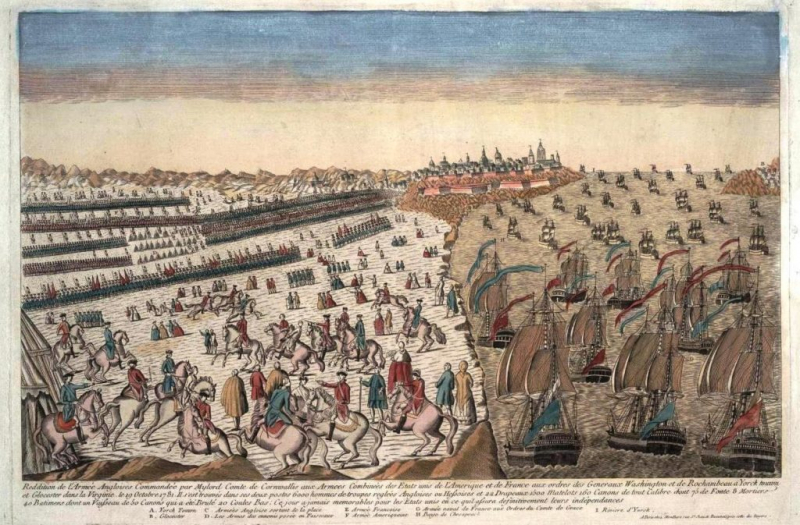
https://benfranklinsworld.com/ 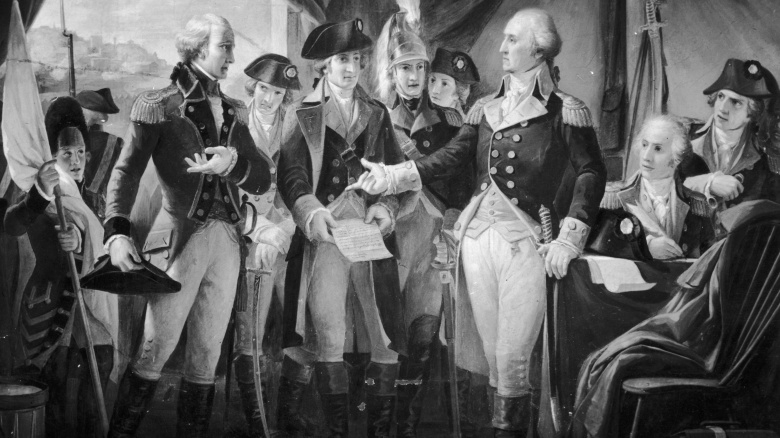
http://www.grunge.com/ -
Having friends is beneficial, and this is particularly true when fighting. In times of war, allies have aided one another throughout history. The Great Siege of Gibraltar demonstrated that you don't always need the primary combatants to be present; sometimes, all you need is an ally. There were no Americans present during this War of Independence engagement.
Under the pretense of supporting the American Revolution, Spain and France collaborated in the 1770s to seize Gibraltar from the British. Taking Gibraltar was the first stage in their plan to attack Britain. Before any battle had started, Britain had spent years reinforcing Gibraltar's fortifications because they were aware of its strategic importance. By the time Spain and France erected a blockade in 1779, the British had dug in and had amassed enough supplies to keep their foes at bay for a lot longer than either had anticipated. These supplies had been strengthened throughout the years by various supports.
7,000 British forces resisted 40,000 French and Spanish soldiers for three years and seven months before a truce was agreed upon. The number of casualties among the allied forces is unknown, although the British suffered 333 casualties in combat and 536 from illness.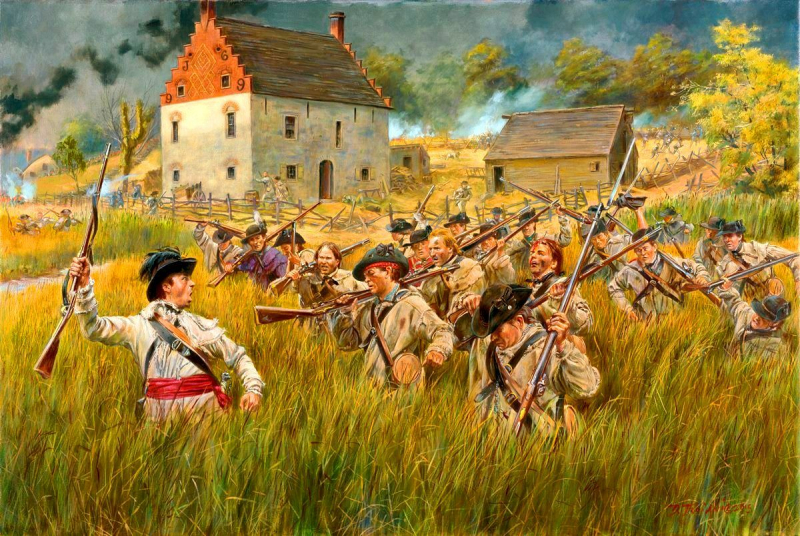
https://www.pinterest.co.uk/ 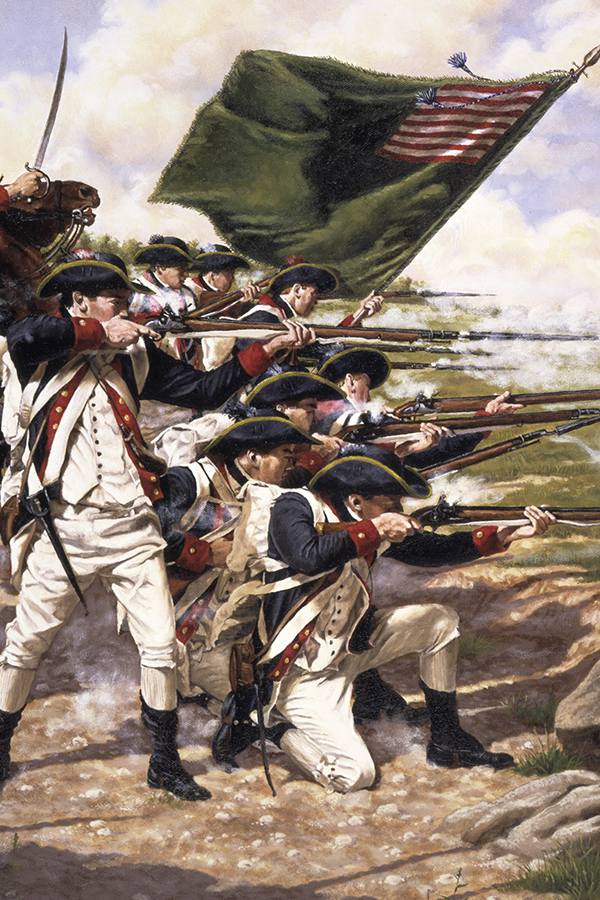
https://www.pinterest.com/ -
The Spanish-American War included the Battle of Manila Bay. In the engagement, US forces under Commodore George Dewey routed the Spanish navy and put a stop to the conflict. The Spanish were left stranded in Manila as a result of the older, weaker Spanish fleet's inability to put up much of a fight while in Philippine seas.
Emilio Aguinaldo, the commander of the Philippine resistance, rose up to oppose the Spanish on land, sparking another conflict. He proclaimed his people's independence, but neither the Spanish nor the Americans were interested in recognizing it. Even yet, the Spanish were trapped, trapped between Philippine soldiers on land and Americans at sea who were pouring in thousands of reinforcements. The Spanish had few choices and had no desire to submit to Aguinaldo.
Negotiations between American and Spanish forces were facilitated by a Belgian consul. Dewey, who eventually to the rank of Rear Admiral, became an American war hero as a result, while the Spanish Governor-reputation General's was preserved. August 13 would be the day of the "fight." It was essentially just for show. The Spanish capitulated after the Americans destroyed what little of the fleet was left. After leaving the Philippine forces in the dark, America intervened to take the place of Spain.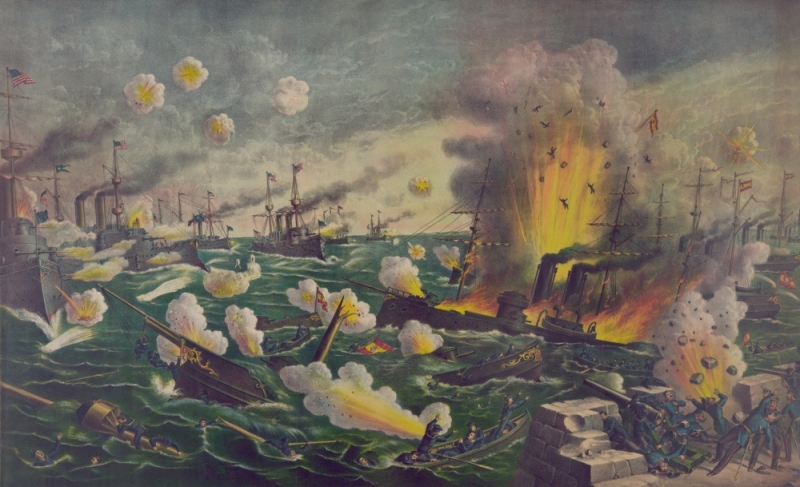
https://www.walmart.com 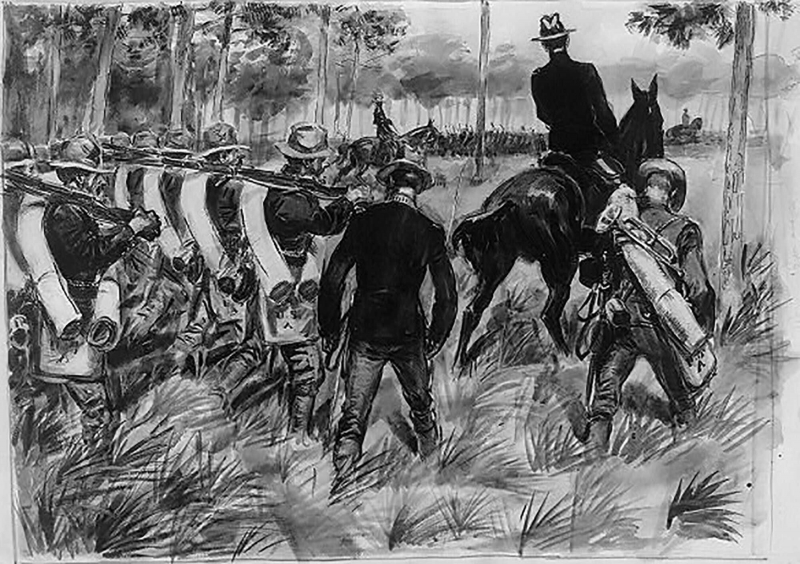
http://cupsoguepictures.com/ -
Six British ships were observed in Lake Erie on September 10, 1813. By capturing the lake, the American forces cut off British supply routes, and the British were attempting to retake it. Despite having greater long-range weapons than the British forces, the Americans had more ships with superior close-range guns. Poor lake winds hampered their pursuit until a turn of events caused the wind to blow in the Americans' favor, allowing them to close in on the British, who had no choice but to engage in combat.
Fortune initially favored the British ships, as their adversaries severely battered the American flagship, the Lawrence. The American ship was submerged to death. All of the crew's guns facing the enemy were destroyed, and the crew as a whole was both dead and injured. Aboard a cutter with a number of crew members, Captain Oliver Perry paddled to the Niagara while dodging strikes from the British navy. They managed to survive and assumed command of the sister ship.
Despite being on the verge of victory, British soldiers suffered serious losses when they destroyed the Lawrence. With the aid of lesser gunships, the Niagara was now able to slice through their ranks and annihilate the fleet. The two British ships that fled were pursued while the other four were compelled to surrender. This one engagement changed the course of the northwest campaign, forcing the British to flee Detroit.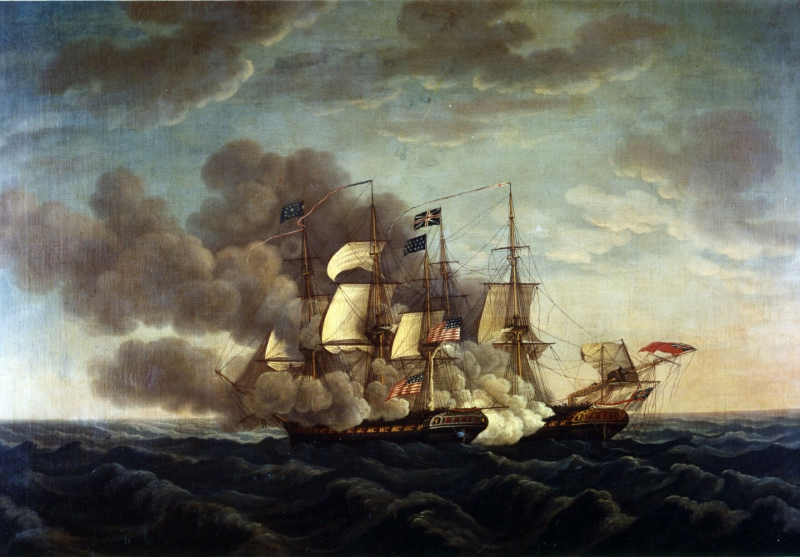
https://www.wbfo.org/ 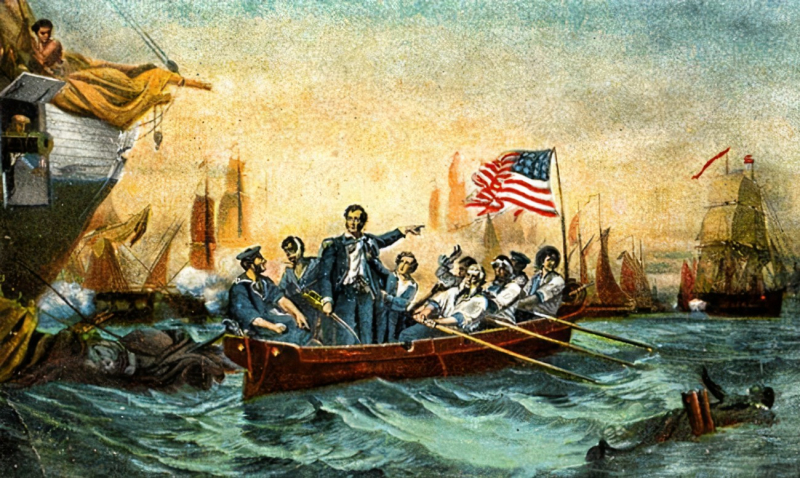
http://brewminate.com/ -
The American Civil War is something you may be familiar with if you've taken an American history course. Slavery-related concerns were the main focus of the war between the Union and the Confederacy. Given the hazy division of forces, the conflict can be said to have been fought between the North and the South. However, in general, the North and South division applied specifically to the United States. The Battle of Cherbourg then took place.
Cherbourg is not located in a state that is in the north or the south. It is not at all in the United States. It is in France instead. The CSS Alabama, a confederate ship, and the USS Kearsarge, a Union ship, engaged in combat in a naval action off the coast.
The Alabama was in France getting updated and fixed. When Kearsarge heard about it, he went to investigate. A few days later, the captains of the two ships set out for the fight they had planned to have in international seas, but the Alabama was not in a position to engage in combat. Their ammunition was poor; in fact, one shell even struck an enemy sternpost and didn't explode. It is currently on display in a museum. The Alabama eventually capitulated to the Union ship and sunk. Many of the crew were saved by the Kearsarge and a British yacht, however some of the crew perished.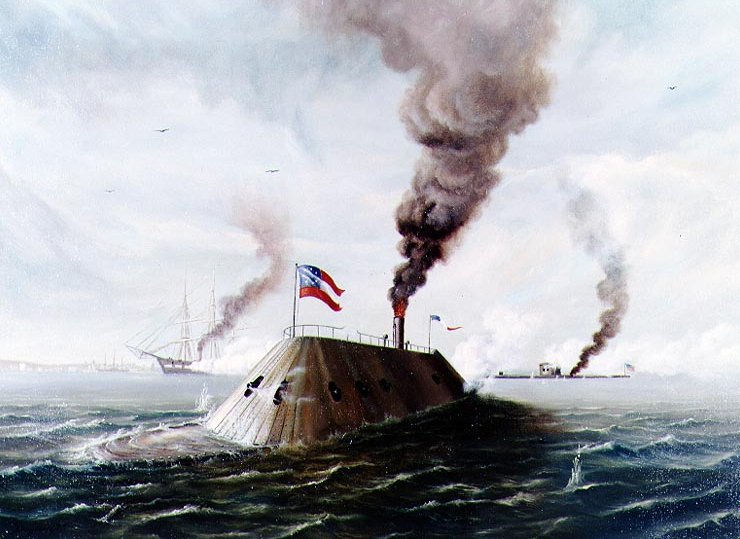
https://www.acwrt.org.uk/ 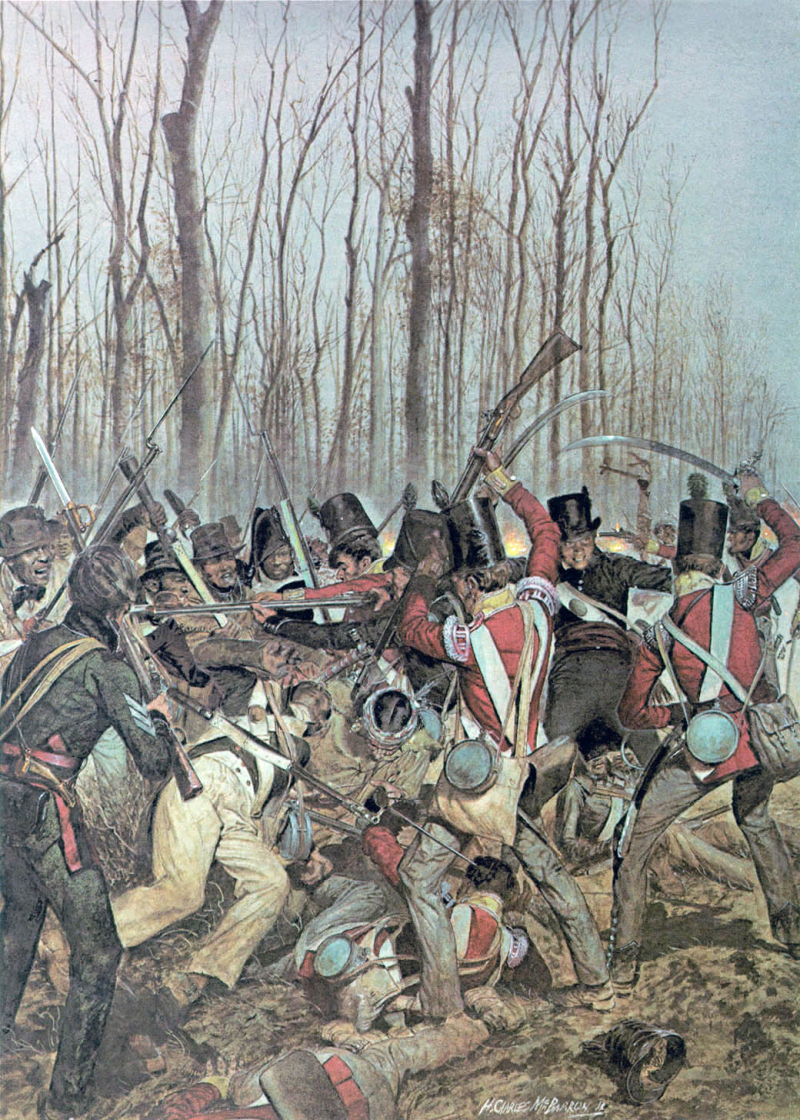
https://history.army.mil













